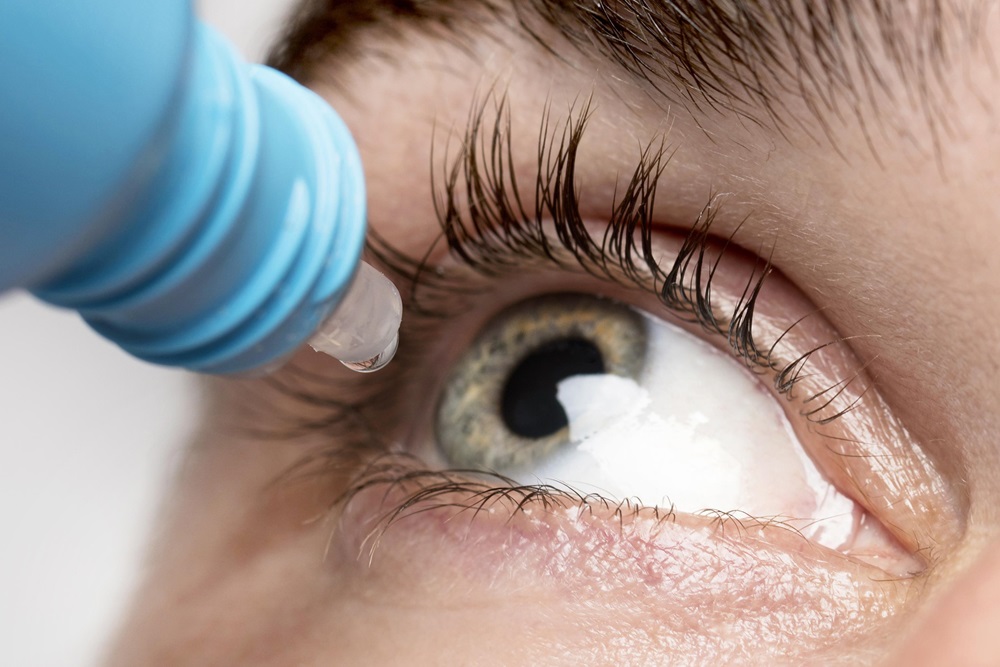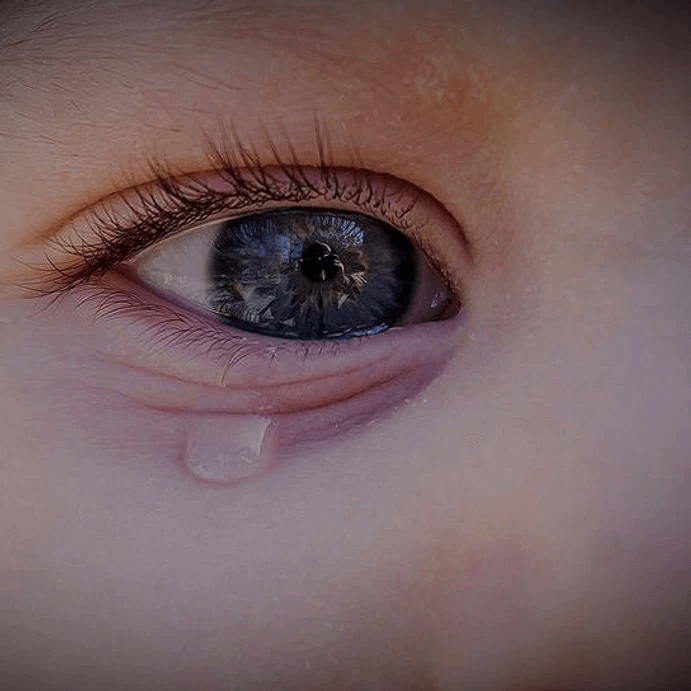Tears and eye health form a functional whole. The tear duct normally opens into the nose. Obstruction most often occurs in the area where the duct opens into the nose (nasolacrimal duct). It is more common in women and the elderly. It causes complaints such as watery eyes, crusting, and blurred vision. In some patients, the tear sac may enlarge and cause swelling in the inner-lower part of the lower eyelid. Sometimes, severe inflammation of the sac spreading to half of the face may develop (“acute dacryocystitis”). If the fluid given to the tear duct does not go to the patient’s throat or only passes in small amounts, it indicates that the duct is blocked.
The treatment is surgery. Medication is useless. In surgery, a new tear duct is created from a level above the obstruction. (“Dacryocystorhinostomy”, “DCR”) This procedure can be performed intranasally or through the skin. The success rate of surgery through the skin is higher. 95-98% of patients recover after the first surgery.
There is a higher probability of re-blockage after laser and intranasal surgeries. Surgery through the skin can be performed with new techniques, without leaving a noticeable scar on the skin. Surgery is performed with local anesthesia in most patients, and the patient is discharged the same day.
Unsuccessful tear duct surgeries. Patients who have previously undergone tear duct surgery and whose surgery was unsuccessful may get rid of their complaints after a second intervention. Second tear duct surgeries are often performed by ophthalmologists who are experienced in this field and ophthalmologists who are competent in the field of oculoplastic surgery. If necessary, your ophthalmologist will refer you to an experienced oculoplastic surgeon for this purpose.


